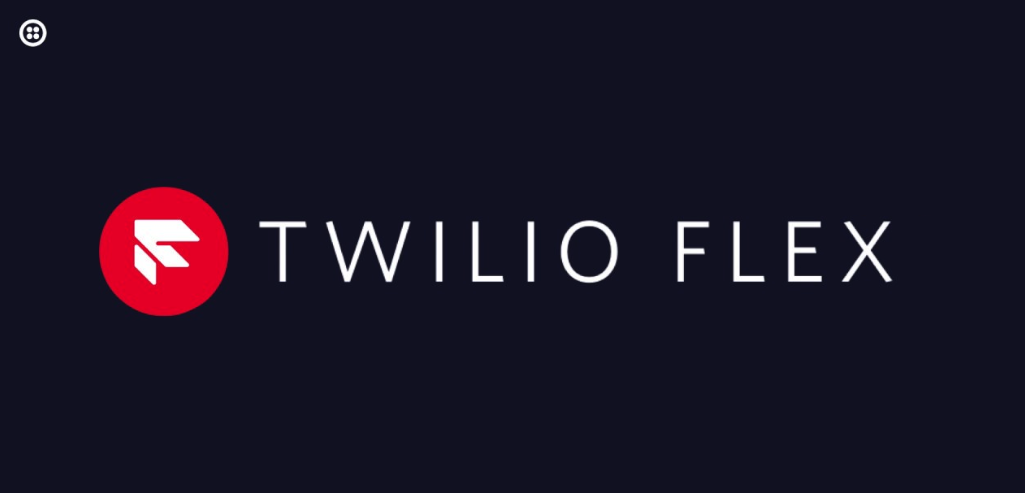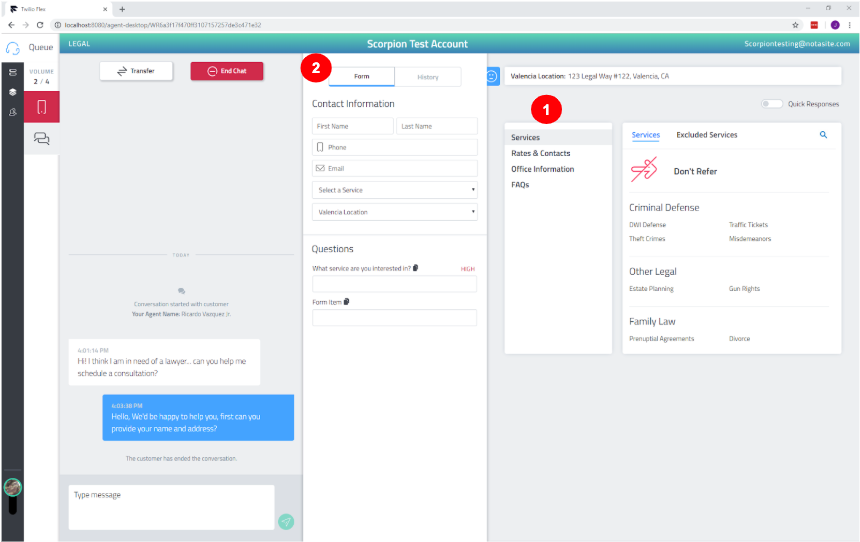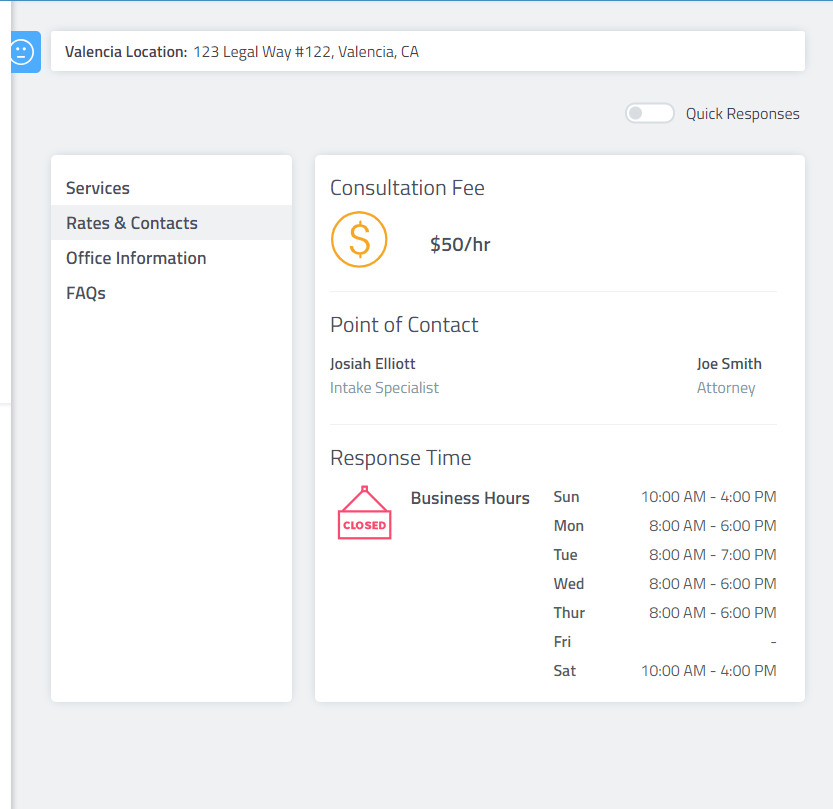Twilio Flex Developer Spotlight - Scorpion
Time to read:
This post is part of Twilio’s archive and may contain outdated information. We’re always building something new, so be sure to check out our latest posts for the most up-to-date insights.

Welcome to the first installment of a new blog series called Twilio Flex Developer Spotlight. Over the next few months we’ll showcase how developers use Programmability with Twilio Flex to solve contact center challenges.
This post features Josiah, a web developer at Scorpion. Scorpion is a full-service digital marketing and technology company that serves over 10,000 clients across multiple industries. Scorpion improves their clients’ digital presence and also serves as a contact center outsourcer for businesses nationwide. The initial deployment of Twilio Flex is for ScorpionConnect agents who field chat inquiries on behalf of these businesses.
Prior to working on Twilio Flex, Josiah had begun to build an in-house contact center solution working with local data stores and orchestrating tasks, context and workers. A daunting task for anyone. “We required a deeply custom [agent] dashboard that would allow us to take control of what, when and how we would surface information from our own databases seamlessly within our dashboard. We honestly didn’t feel that any buyable solution was viable so we attempted to build it ourselves.”
Josiah had been collaborating with Grace, a Scorpion product manager, who put him in touch with Twilio to discuss the challenge. That led to Josiah attending a Twilio hackathon--and to his discovery that Twilio Flex fit the bill. “Flex took away the largest pain-point for us in the form of a Flex-managed Redux store. Gone are the days of trying to orchestrate routing and tasks within our contact center. Now we can let Flex manage all of that so we can focus on surfacing valuable data from our own sources into the agent user interface.” Redux is a technology built into Twilio Flex that re-renders the user interface whenever ‘state’ is changed. For example, an incoming call. The call re-renders the user interface with integrated applications ensuring agents view relevant customer context.
Josiah is one of just four developers who built their Twilio Flex instance, which supports over 10,000 chats per week. And they are far from done. “We iterate super fast here at Scorpion, we already have features mapped out for future roll out. We constantly build local files and push them up to our hosted app.”
Let’s review the dashboard Josiah and team built (numbers correspond to image below).
- Scorpion’s in-house built knowledge base directly integrated (right panel)
- Agents can toggle between customer-populated web forms and interaction history with a particular customer (middle panel)

Additionally, Scorpion wants their agents to quickly see if the business they are representing is open or closed to facilitate next steps. In Josiah’s own words: “This is not a significant part of Twilio Flex but I am super proud of it--I have a function that takes the location, does some time zone offsetting and returns a Boolean of Open/Closed.” See screenshot below.

Programming this seemingly minor detail captures the spirit of working with Twilio Flex. Creating the right customer experience means sweating the details. With Twilio Flex, web developers create solutions both major and minor to improve their customers’ experiences.
Congratulations, Josiah and team, for creating this great customer engagement model with Twilio Flex!
Stay tuned for future Twilio Flex Developer Spotlight Blogs.
Related Posts
Related Resources
Twilio Docs
From APIs to SDKs to sample apps
API reference documentation, SDKs, helper libraries, quickstarts, and tutorials for your language and platform.
Resource Center
The latest ebooks, industry reports, and webinars
Learn from customer engagement experts to improve your own communication.
Ahoy
Twilio's developer community hub
Best practices, code samples, and inspiration to build communications and digital engagement experiences.